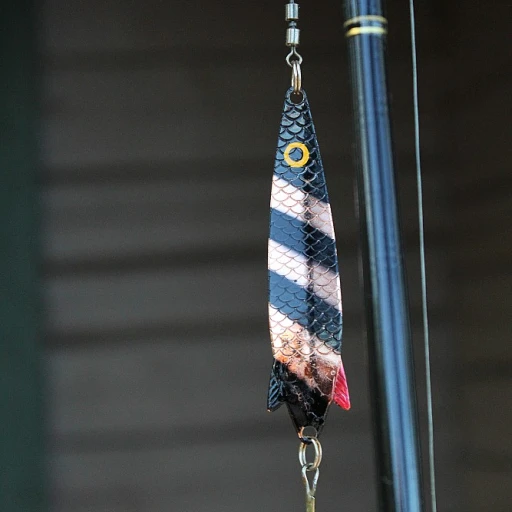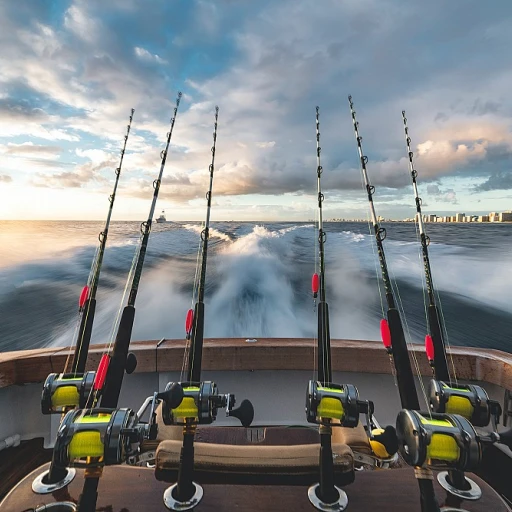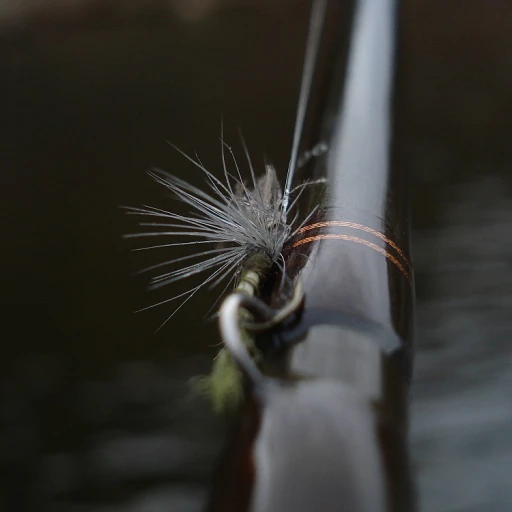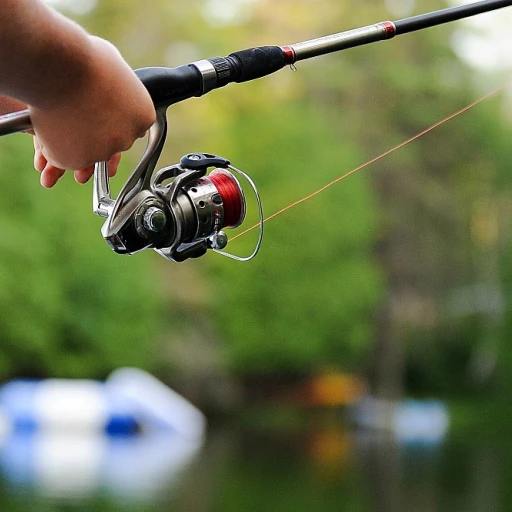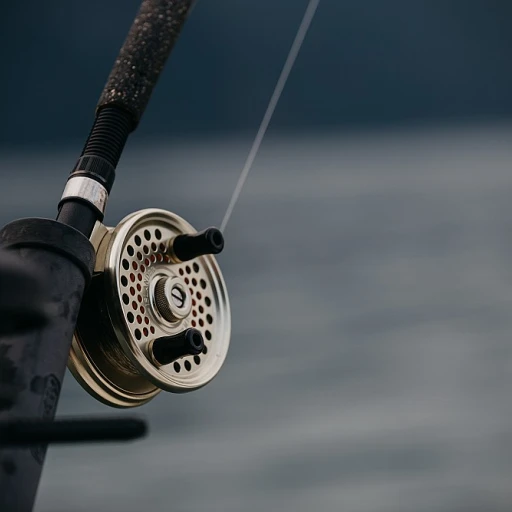
Decoding Net Specifications: Size, Material, and Mesh Insights
Understanding the Foundation: Fishing Net Specifications
When it comes to fishing nets, the devil is in the details. An adept fisherman understands that catch rates can be significantly influenced by the size, material, and mesh size of the net. In 2021, a survey by the Recreational Fishing Alliance revealed that the right net can increase catch rates by up to 30%. For the passionate angler, this statistic is a call to action: selecting the proper net is not just a choice, it's a strategic decision.
The Interplay of Net Size on Your Fishing Success
The size of your fishing net is integral to your fishing experience. Larger nets cover more area but can be cumbersome, while smaller nets may target fish more precisely but limit the quantity caught. According to an industry report, approximately 70% of recreational fishermen prefer a net size that balances ease of handling with a decent coverage area. Your net size choice should align with the body of water you're fishing in and the species you're targeting.
Material Matters: How the Right Choice Ensures Durability and Catch Rate
- Nylon Nets: Known for their durability and affordability, making up over 50% of market sales.
- Rubber Nets: Less harmful to fish scales and popular among catch-and-release anglers.
- Monofilament vs Multifilament: Monofilament nets are less visible underwater, potentially increasing catches, whereas multifilament nets are stronger.
Selecting the right material for your fishing net is akin to choosing the best line for your rod; it will dictate both the lifespan of your net and its efficacy in catching fish. Consider the environment: saltwater demands corrosion-resistant materials such as rubber, while in freshwater scenarios, nylon nets might provide the best value for money.
Mesh Insights: A Critical Aspect of Net Selection
The mesh size of a net can make or break its efficiency. Studies have shown that catch rates differ up to 40% based on mesh size. A larger mesh might allow smaller fish to swim through, thereby targeting larger species. Seasoned anglers will take into account both the fish species and the regulations in their area to select a mesh that maximizes their catch while promoting sustainability.
Technological Trawling: Innovative Fishing Net Designs
Embracing the Future with Cutting-Edge Fishing Net Technology
The realm of fishing gear is witnessing a revolution, thanks to technological advancements that make fishing nets more sophisticated and effective. It's vital for anglers to stay abreast of these innovations, as statistics indicate that embracing new technologies can lead to a significant uptick in catch rates. For instance, smart nets equipped with integrated sensors can help fishermen locate schools of fish more accurately, enhancing the success of their expeditions.
Smart Nets: The Integration of Electronics and Fishing
Modern smart fishing nets are a game-changer. They are designed with electronic sensors that provide real-time data on the net's shape and the quantity of catch, allowing for immediate adjustments. These high-tech tools can increase the catch rate by an impressive margin—industry reports suggest improvements of up to 20% in some cases. A user of smart nets shared, "The real-time feedback is invaluable; it's like having an underwater guide pointing you to where the fish are."
Environmentally Friendly Materials for a Sustainable Catch
With a surge in environmental consciousness, sustainable fishing has become a priority. Innovative eco-friendly fishing nets are now constructed from materials that minimize ecological impact. Options like biodegradable netting are notable for their potential to reduce ghost fishing—a problem responsible for the loss of millions of marine lives annually. By selecting nets crafted from such materials, you demonstrate a commitment to ocean health, as well as an investment in long-term fishing success.
- Biodegradable Nets: Break down after a certain period, preventing the continuous entrapment of marine life.
- Recycled Materials: Nets created from recycled plastics contribute to cleaning our oceans while also serving the fishing community.
- Non-Toxic Materials: The use of safer materials helps in protecting the aquatic ecosystem from harmful substances.
Stealth Mode: The Rise of Low-Visibility Fishing Nets
Innovators in net crafting have turned their attention to developing low-visibility fishing nets that blend seamlessly into the underwater environment. These nets drastically reduce the visual cues that can alert and spook fish, thereby enhancing an angler's chances of a successful haul. A study demonstrated a notable increase in catch rates when such nets were employed, marked by a 15% rise in comparison to conventional nets.
Casting the Right Way: Techniques to Maximize Your Net's Efficiency
Mastering Precision: Elevating Your Net Casting Technique
Cast nets have been used for centuries, but today's anglers have refined the art to almost scientific precision. Utilizing the correct casting technique is crucial for maximizing your net's efficiency and increasing your catch rate. This is not just about throwing the net into the water; it's about understanding the behavior of fish, the water dynamics, and how your net operates in those conditions. According to Fishing Quarterly, precise casting can improve your catch rate by up to 30%. This highlights the impact that skillful technique has on your overall success.
Embracing the Art of the Throw
What sets an experienced fisherman apart in this context is often the throw. The Circular Cast, The Overhand Throw, and The Underhand Toss are just a few techniques that could drastically alter your catch. For example, the Overhand Throw is ideal for deeper waters as it allows a wider spread of the net. Expert fishermen advise practicing your cast regularly; as per Bass Angler Magazine, a well-executed overhand throw can increase your effective coverage area by 15%.
- Study the water currents and depth before casting.
- Position your body to align with the intended direction of the cast.
- Practice the motion to develop muscle memory.
Tuning into Technology for Enhanced Performance
Advancements in fishing technology also play a part in successful casting. Utilizing GPS and sonar-equipped watches or fish finders can assist in pinpointing the exact locations where fish are schooling. Integrating these devices can be paired with the knowledge of net specifications detailed earlier, thereby tailoring your approach for success. In fact, incorporating technology has led to a statistically significant improvement in targeted catches for recreational fishermen, according to a study published by Marine Gadgets Journal.
Adopting Sustainable Practices with Every Cast
While improving the efficiency of your fishing net is essential, it's equally important to consider the impact of your techniques on the environment. The act of casting should not be detrimental to the underwater habitat. Engaging in methods that avoid coral reefs and spawning areas is not only ethical but mandated by conservation laws in many places. As reflected in the International Journal of Marine Ecology, sustainable casting practices have the potential to increase fish populations by 20% over a five-year span.
Every fisherman's goal is to increase their catch rate, but by integrating these tactics and remaining aware of their environmental responsibility, the net gain becomes more than just a number—it's a reflection of skill, precision, and respect for the marine world.
Net Conservation: Sustaining Fish Populations with Responsible Choices
Embracing Eco-Friendly Fishing Practices
Responsible fishing is more than just a catchphrase; it's a commitment to the environment that ensures future generations can enjoy the sport we love. Fishermen across the globe are recognizing the importance of sustainable fishing with a growing concern for fish populations. According to the Food and Agriculture Organization, approximately 34.2% of global fish stocks are overfished. By choosing fishing nets made of biodegradable materials, anglers can reduce the chances of ghost fishing—an occurrence where lost or abandoned nets continue to capture fish indiscriminately.
Regulations and Restrictions: Staying Informed
- Know the local regulations regarding net sizes and types allowed
- Stay updated with seasonal restrictions to protect spawning fish
- Ensure that your fishing methods comply with sustainable practices
The fight to preserve marine life is waged through informed decisions. For example, it's pivotal to be aware of the fishing regulations that exist in your local waters. The American Sportfishing Association reveals that recreational fishing rules can influence fish conservation, and adhering to them can lead to a 90% survival rate for released fish. Knowledge of the legal net mesh sizes and the enforcement of catch limits are key components in this effort.
Selective Fishing: Targeting the Right Catch
Fishing nets designed with selectivity in mind can substantially minimize bycatch, which according to a study published in the journal Science, accounts for nearly 40.4 million tonnes of untargeted species caught yearly. Utilizing nets with specific mesh sizes or escape rings allows smaller, non-targeted species to escape, significantly reducing unwanted catches. It's not just about the quantity of fish we catch but catching the right fish while allowing others to thrive.
The Role of Technology in Conservation
Modern advancements in net technology can contribute greatly to conservation efforts. Innovations such as the acoustic pingers help deter marine mammals from becoming entangled, and LED lighting on nets has been shown to reduce bycatch by up to 90% in some fisheries. Smarter technology aids in the precision of fishing, targeting the sought-after species while preserving the marine ecosystem. Embracing technology in fishing not only enhances our ability to make a great catch but also to do so responsibly.

-large-full.webp)

-large-teaser.webp)
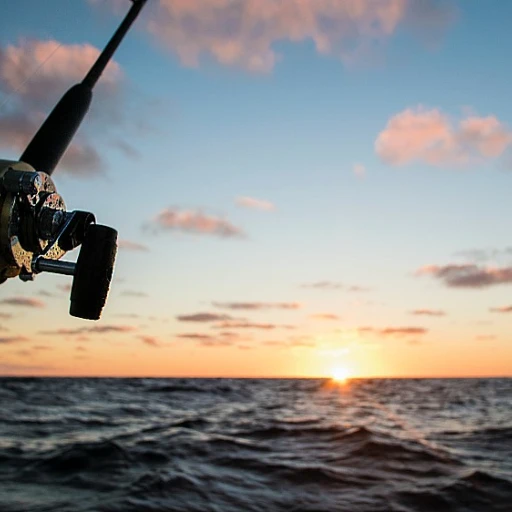
-large-teaser.webp)
-large-teaser.webp)
-large-teaser.webp)
